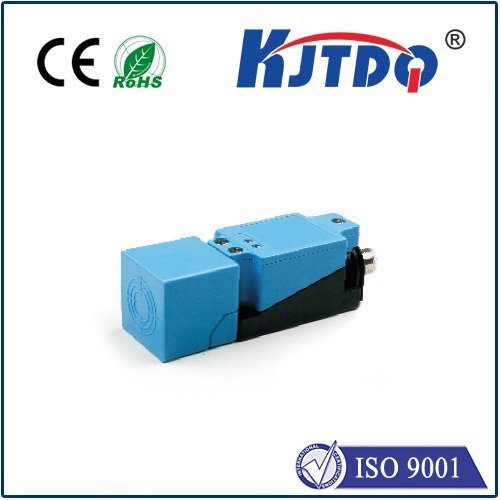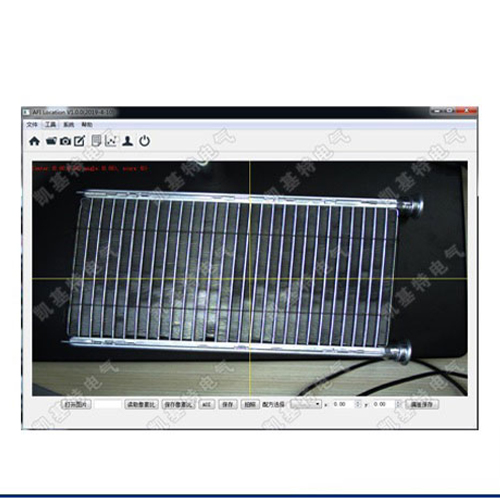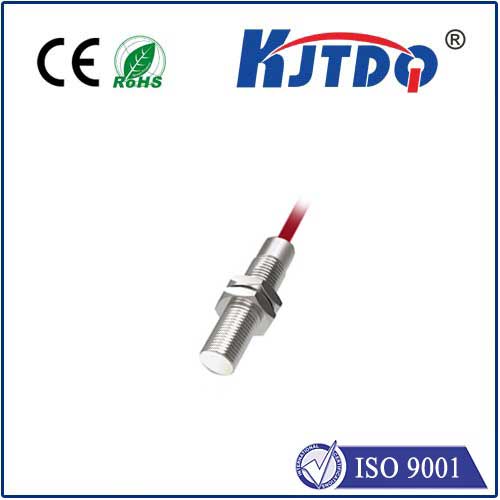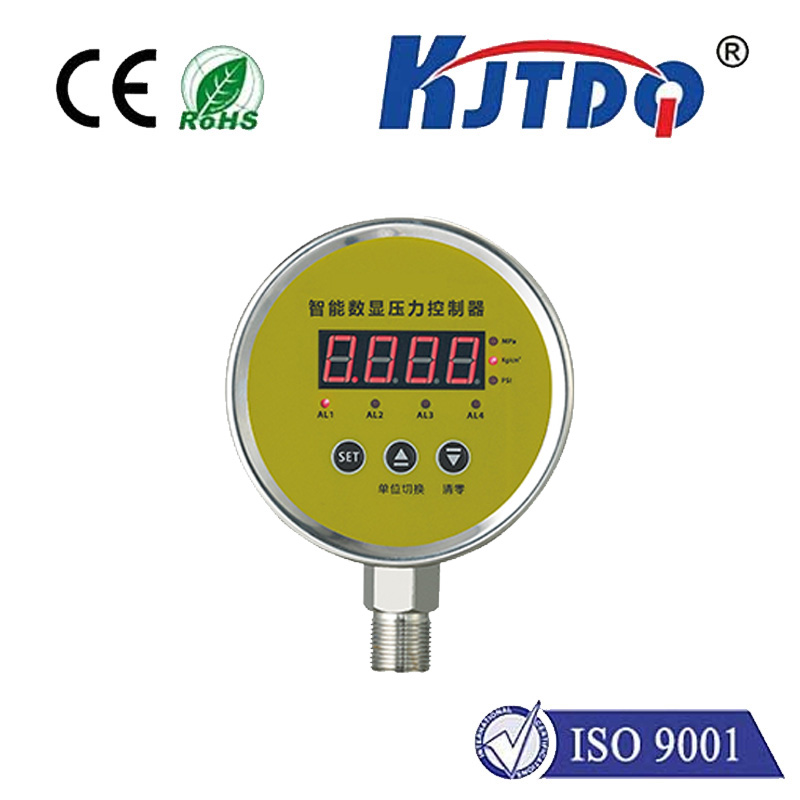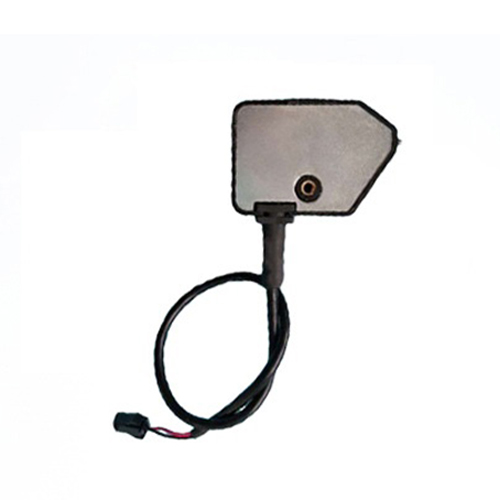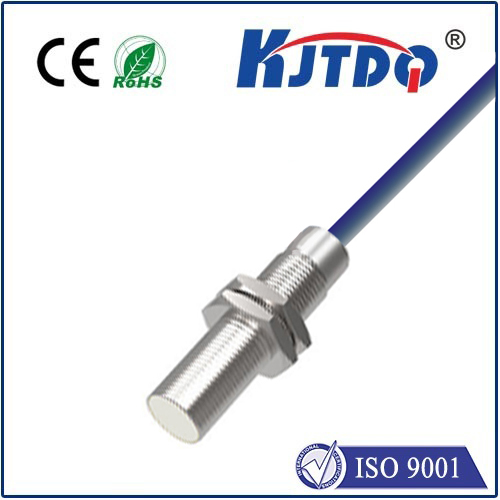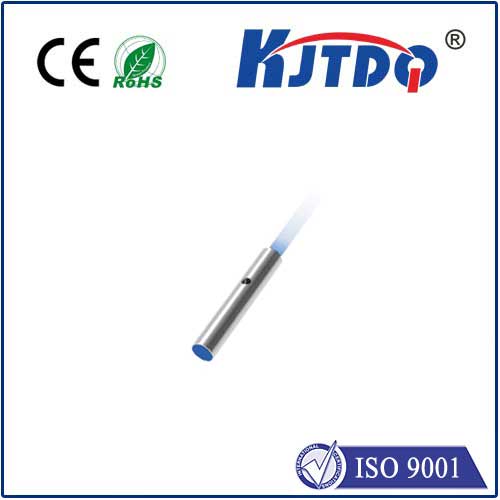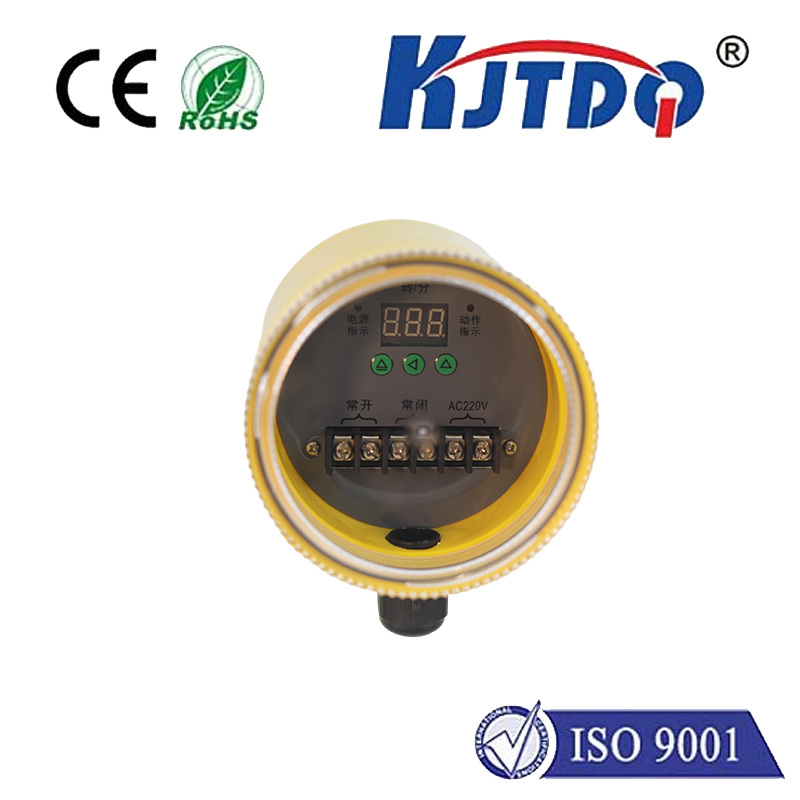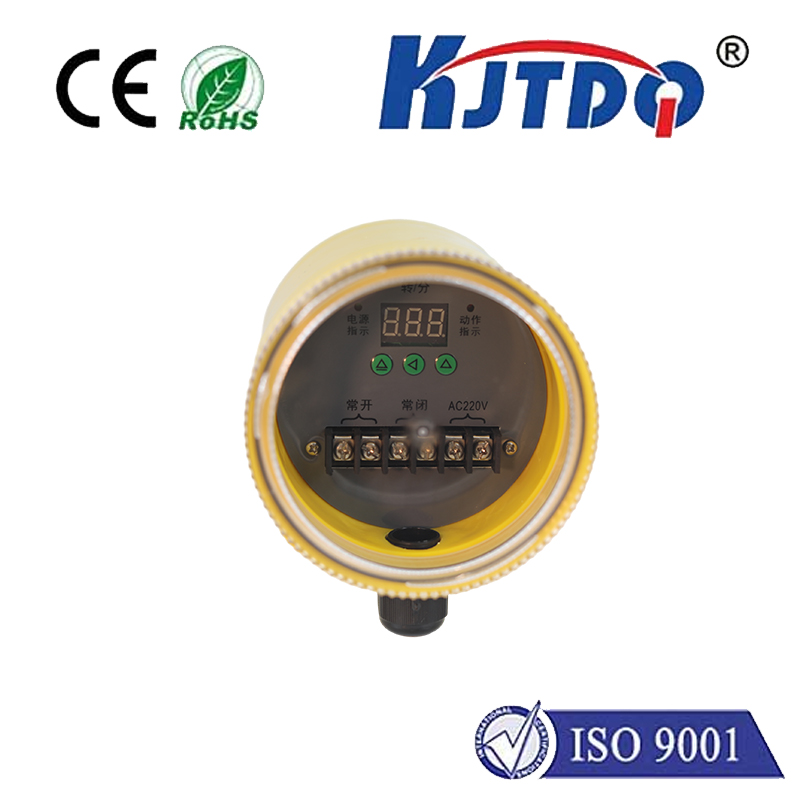

check

check

check

check
Title: Understanding Limit Switch Components and Their Importance in Automation Systems
Introduction to Limit Switches and Their Functions
In automation systems, limit switches are essential components that help in controlling the motion of machines. They are mechanical switches that detect the position of a machine's travel limit or the end of a stroke. The switch acts as an on/off signal to control the movement of the machine. Limit switches are commonly used in various industrial applications such as robotics, manufacturing, and automotive industries. In this article, we will discuss the different types of limit switches, their functions, and their importance in automation systems.
Types of Limit Switches
There are two main types of limit switches: vacuum-based and magnetic-based.
1. Vacuum-based Limit Switches:
Vacuum-based limit switches use a small gap between the contacts to create a vacuum when the switch is activated. When the switch is deactivated, the gap closes, and the vacuum is released. These switches are commonly used in applications where a high degree of accuracy is required, such as in CNC machines and medical equipment.
2. Magnetic-based Limit Switches:
Magnetic-based limit switches work on the principle of magnetism. They have a magnetic coil inside the switch that creates a magnetic field when the machine reaches its travel limit. When the switch is deactivated, the magnetic field disappears, and the switch returns to its original position. These switches are commonly used in applications where low power consumption and simple construction are required, such as in AC motors and conveyors.
Function of Limit Switches
The primary function of limit switches is to provide feedback to the control system about the position of the machine. When the machine reaches its travel limit or the end of a stroke, the switch acts as an on/off signal, which controls the movement of the machine. This helps in preventing over-extension or under-loading of the machine, thereby ensuring optimal performance and minimizing downtime.
Limit Switch Selection Factors
When selecting a limit switch for an automation system, several factors need to be considered, including accuracy, reliability, durability, and cost-effectiveness. The specific requirements of the application will also play a crucial role in determining the type of limit switch to be used. For example, if high accuracy is required, vacuum-based limit switches may be more suitable than magnetic-based limit switches. Similarly, if low power consumption and simple construction are critical factors, magnetic-based limit switches may be preferred over vacuum-based limit switches.
Conclusion
Limit switches play a vital role in ensuring optimal performance and safety in automation systems. They provide accurate feedback about the position of the machine and prevent over-extension or under-loading of the machine. By understanding the different types of limit switches and their functions, businesses can make informed decisions when selecting appropriate components for their automation systems.
